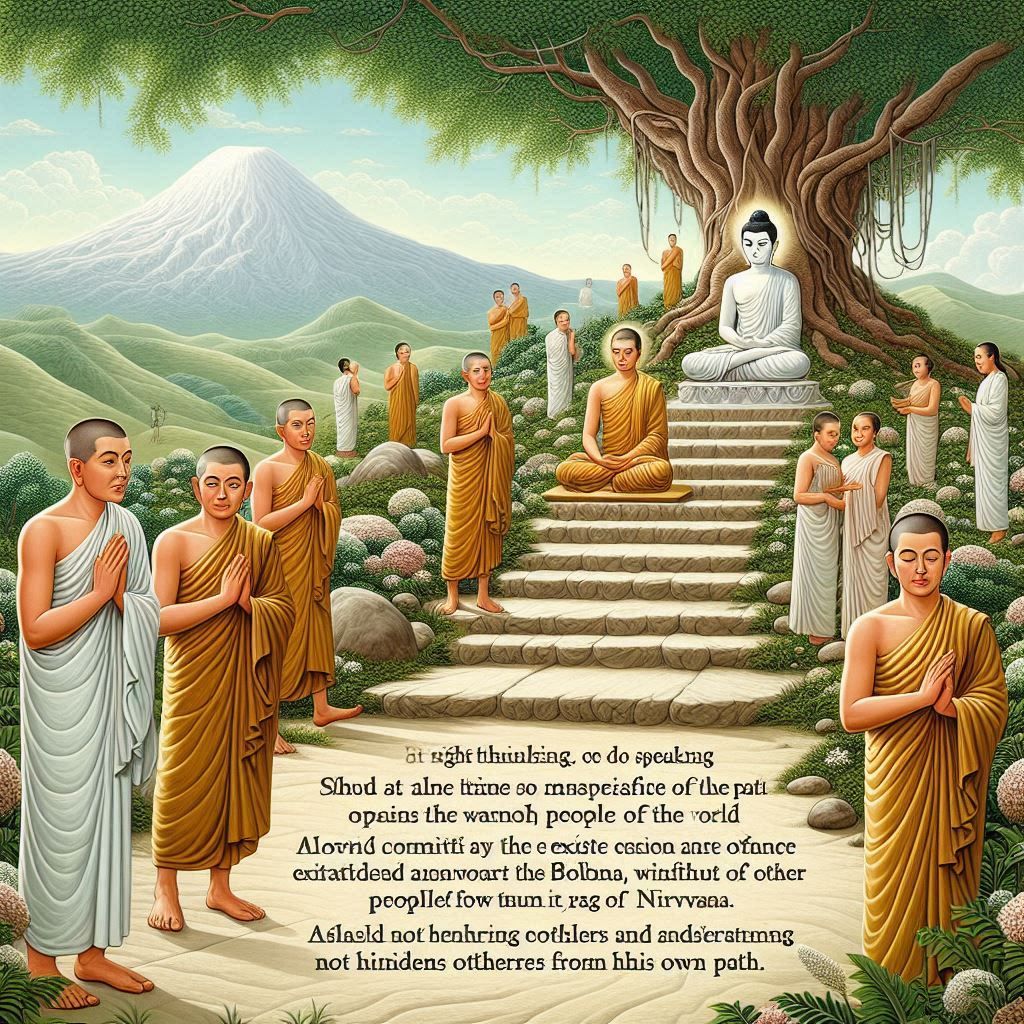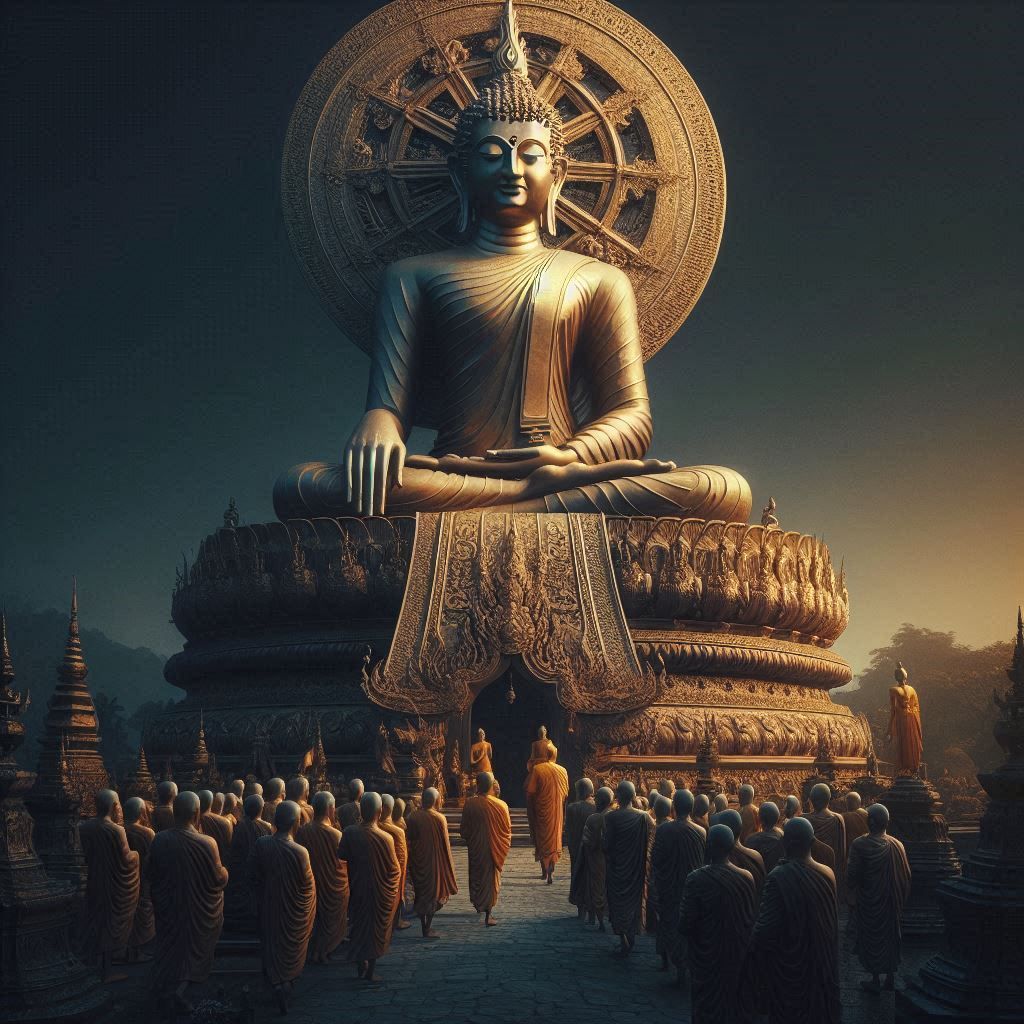Gautama entered a more productive search for enlightenment and eventually reached his goal. One morning he sat under a bodhi tree and resolved not to leave his position until he reached nirvana. It is recorded that this search involved a lengthy and difficult battle with the evil spirit Mara and his many minions.

The Jatakas are the scriptures that describe Buddha’s previous lives prior to the incarnation in which he finally reached nirvana. They record the many virtuous works that Gautama Buddha completed, which meant that he accumulated many virtues that were transferred to him in his battle with Mara. They included the great virtues, or paramitas, which include patience, diligence, meditation, and transcendent wisdom.

Buddha subsequently taught these to his followers. Armed with the paramitas, Gautama Buddha was able to resist the evil one, and by demonstrating close understanding of Mara’s armies and weapons he was able to defeat them.

This enabled him to concentrate on the Four Noble Truths, which are that existence is suffering, which is caused by the nature of desire for impermanent things of the universe, that the suffering can be defeated nevertheless, and that it is the noble eightfold path which provides the means by which that victory can be achieved.
The path requires right thinking, doing, speaking, and understanding. People should at all times be mindful of the existence of other people and things of the world and avoid committing any offense against the path toward nirvana, while also not hindering others from their own paths. These realizations enabled Gautama Buddha to achieve enlightenment under the bodhi tree when he was 35 years old.

Having reached nirvana, Buddha spent several more weeks under the bodhi tree contemplating additional aspects of the universe and of philosophy. He was persuaded to undertake a life of teaching and instruction, in part as a result of the intervention of the divine Sahampati.

Buddha was initially reluctant to leave his position, but he acquiesced and then sought to convert others, including those ascetics who had previously rejected his teachings. The five ascetics embraced Buddha’s teachings and became disciples of his:

They were the first monks, and their conversion marks the beginnings of the sangha, the monkhood that supports Buddhism and has come to be part of the triple gems that underlie a Buddhist society.
Buddhism is now followed in most countries of eastern Asia, particularly in Japan, Korea, China, Thailand, and mainland Southeast Asia, and also in countries that have been Islamized.

In the modern age Buddhism has spread to Western countries as well. The early disciples also had the opportunity to achieve enlightenment. Buddha joined them by traveling and seeking out those who would listen to his message. As was customary for those who had become enlightened, he accepted charity and food from people.

When Gautama buddha returned to his hometown, his father was unhappy with the path that his son had chosen but relented his initial resistance, and peace was made. Many members of the palace were converted, and several of his family members were ordained into the sangha.

Buddha was invited to the capital of the Kosala kingdom, where its ruler built a monastery for him. Buddha also attracted enemies. Among the many different religious beliefs of northern India, some were unhappy with the success of the Buddha’s teachings and sought to challenge his authenticity. However, the success of conversions greatly outweighed those of any religious opposition. By the age of 80 Buddha had presided over the creation of an efficient sangha and could contemplate a growing number of followers. He undertook his last journey accompanied by a small number of followers. Wherever he went, the Buddha lived simply, accepting the charity of people and speaking to them about the path to enlightenment.

In the village of Beluva he became seriously ill. He recovered from the immediate illness, although was still in a frail condition. Knowing that his end was near, Gautama Buddha announced that he planned to die after three months and set about arranging his last affairs and his final messages for his disciples. When all this had been achieved, he died.
